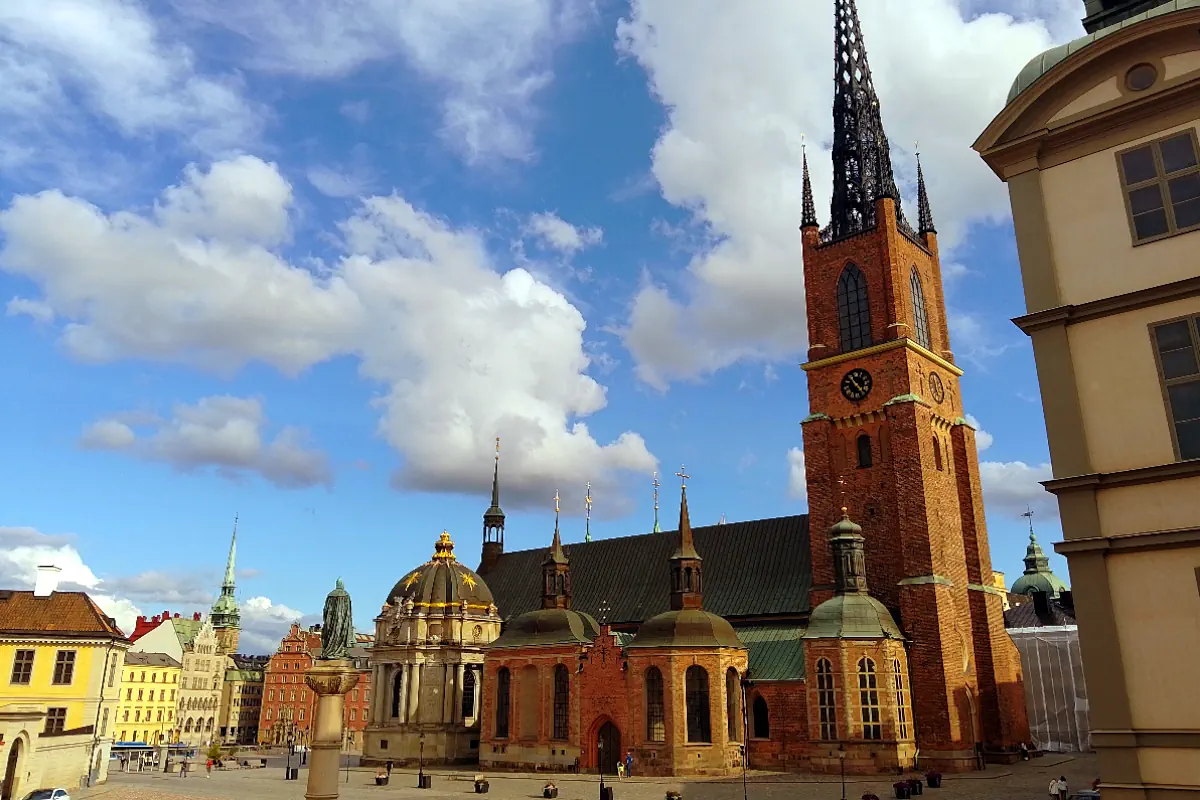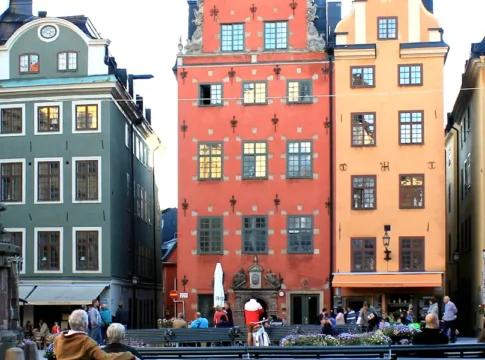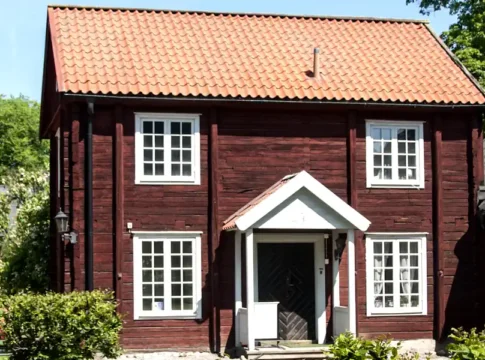Riddarholmen: Island of Knights and Royal Heritage
Riddarholmen—literally the “Islet of Knights”—is one of Stockholm’s most historic and atmospheric quarters. Nestled beside Gamla Stan in the city’s heart, this tranquil island is a time capsule of Swedish royal history and architecture. Its cobblestone streets, aristocratic palaces, and the monumental Riddarholmen Church (Riddarholmskyrkan) make it a must-visit destination for history lovers.



A sacred site of Swedish monarchs
Dominating the island is Riddarholmen Church, one of Stockholm’s oldest surviving buildings. Built in the late 13th century as a Franciscan monastery, it later became a Gothic landmark with soaring spires and medieval stonework that still inspire awe.
The church is most famous as Sweden’s royal burial church, with sarcophagi and monuments dedicated to monarchs such as Oscar II, Karl XII, and Gustav II Adolf.








Architectural beauty and tranquil surroundings
Inside, Riddarholmen Church reveals vaulted ceilings, medieval sculptures, and intricate royal sarcophagi—a blend of solemnity and grandeur. Outside, the island offers sweeping views of Stockholm’s waterfront and skyline, making it an inspiring stop for both reflection and photography.
Why visit Riddarholmen?
- Royal Tombs: Walk among centuries of Swedish monarchs and noble families, a living history lesson in stone and bronze.
- Architectural Treasures: Discover the church’s Gothic spires and the noble palaces built for Sweden’s aristocracy in the 17th century.
- Scenic Views: The island’s waterfront offers one of the city’s most breathtaking panoramas—perfect for a calm stroll or sunset photo.
- Peaceful Escape: Despite its central location, Riddarholmen is a haven of quiet reflection just steps away from Gamla Stan’s bustling alleys.
Conclusion
Riddarholmen is not just an island—it’s a stage where royalty, history, and architecture meet the silence of the present day. With its monumental church, serene waterfront, and legacy of kings and queens, it remains one of Stockholm’s most profound cultural landmarks.




